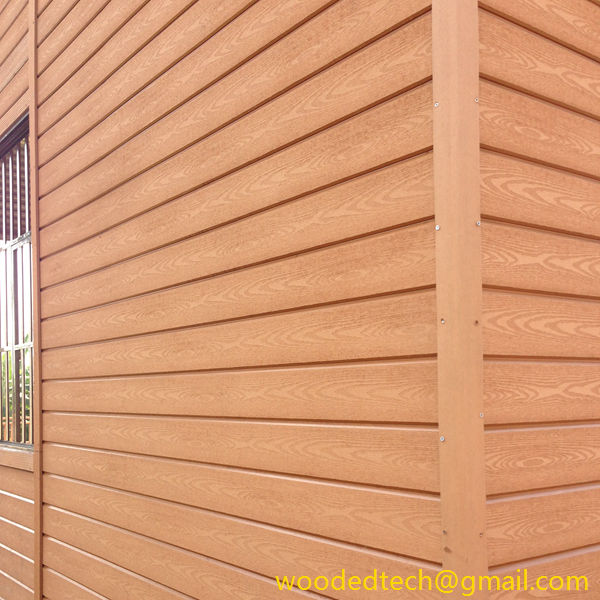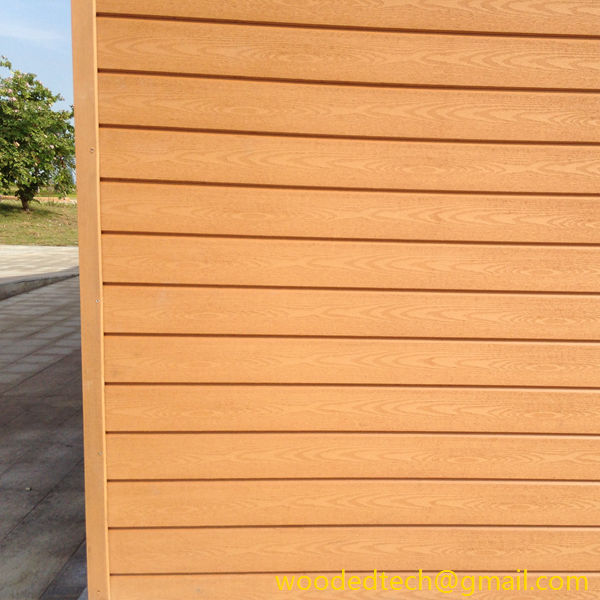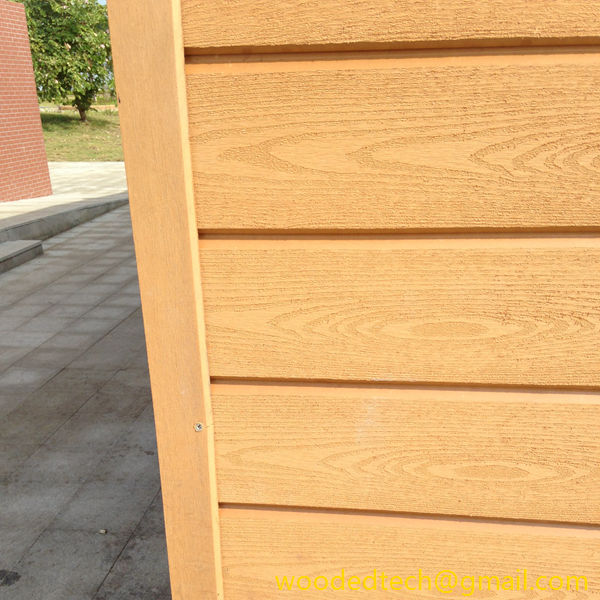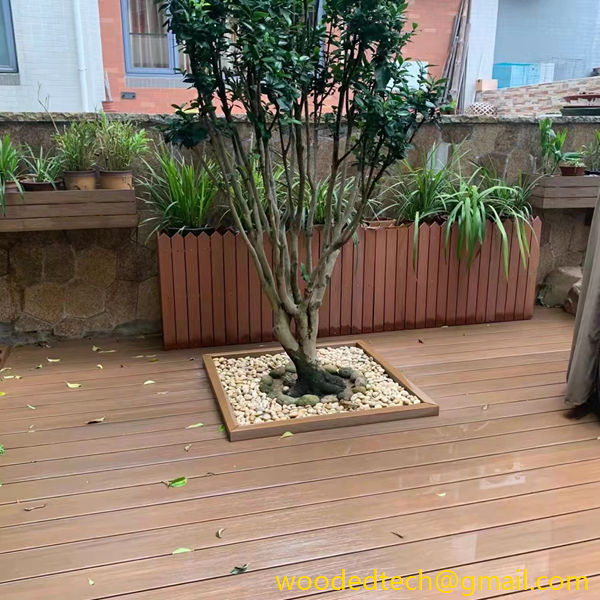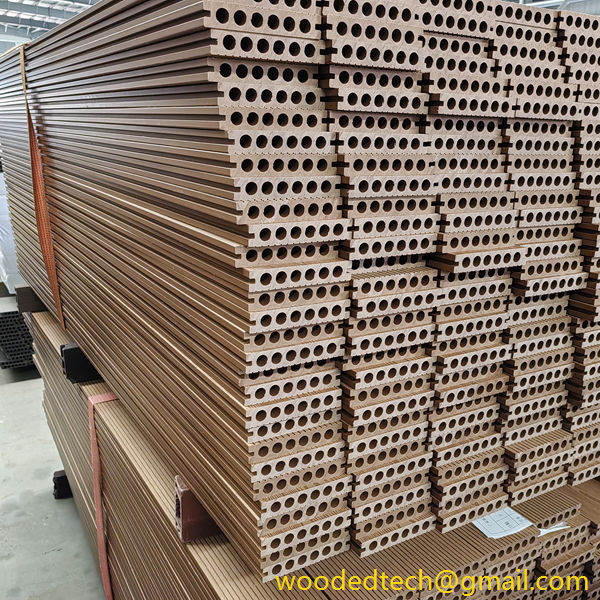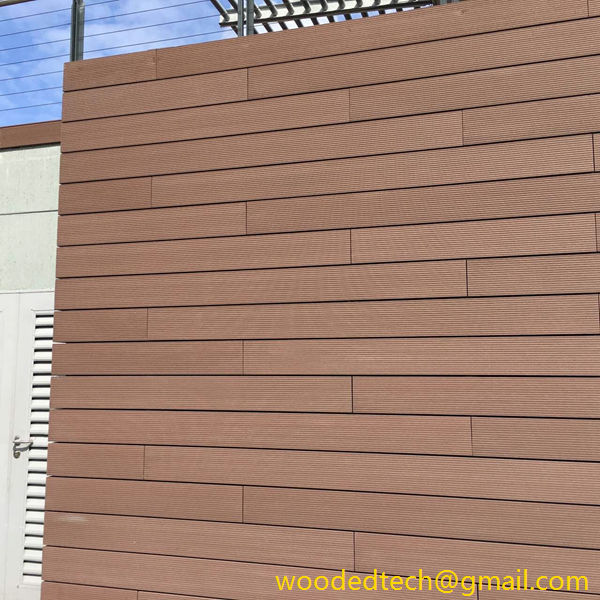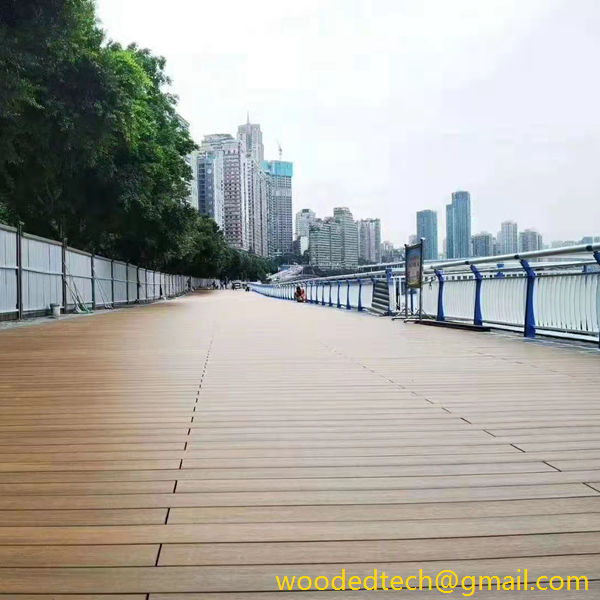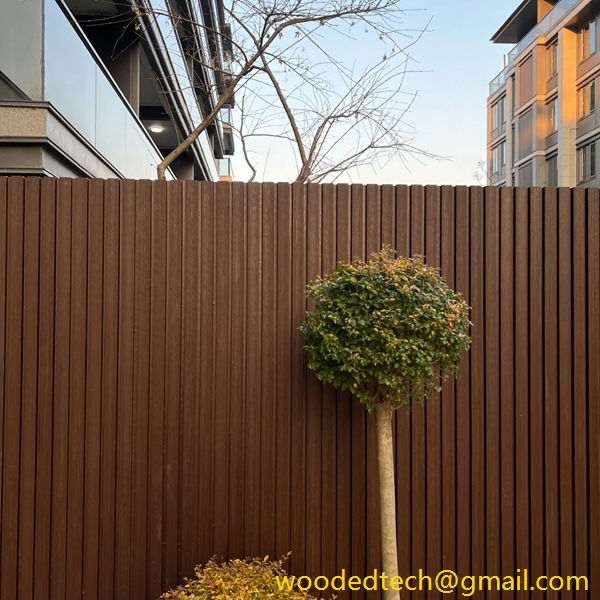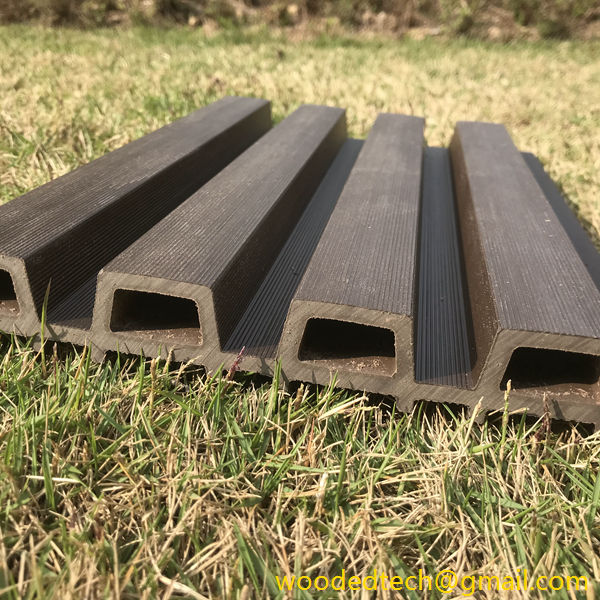创新型塑木覆层,打造现代环保建筑外墙
创新型塑木覆层,打造现代环保建筑外墙 近年来,建筑和设计行业在可持续发展实践方面发生了重大转变。随着全球社会日益意识到我们面临的环境挑战,人们对材料的需求也在不断增长,这些材料不仅能提高建筑的美观度,还能改善建筑的外观。
创新型塑木覆层,打造现代环保建筑外墙
In recent years, the construction and design industries have witnessed a significant shift towards sustainable practices. As the global community becomes increasingly aware of the environmental challenges we face, there is a growing demand for materials that not only enhance the aesthetic appeal of buildings but also contribute positively to the environment. One such material that has emerged as a frontrunner in this movement is innovative plastic wood-like cladding. This revolutionary product combines the timeless beauty of natural wood with the functional advantages of modern materials, making it an ideal choice for contemporary and eco-friendly building exteriors.
Plastic wood-like cladding is designed to mimic the appearance of traditional wood while offering superior durability and performance. Unlike natural wood, which is susceptible to rotting, warping, and insect damage, this innovative cladding material is engineered to withstand the harshest weather conditions. It is resistant to moisture, UV rays, and temperature fluctuations, ensuring that it retains its aesthetic appeal and structural integrity over time. This longevity not only reduces maintenance costs for building owners but also minimizes the need for replacement materials, aligning with sustainable building practices.
One of the most compelling aspects of plastic wood-like cladding is its eco-friendly composition. Many manufacturers produce this material using recycled plastics, diverting waste from landfills and reducing the demand for virgin materials. This recycling process not only conserves resources but also significantly lowers the carbon footprint associated with the production of traditional building materials. By choosing cladding made from recycled plastics, builders and architects can contribute to a circular economy, where materials are reused and repurposed rather than discarded.
In addition to its sustainable sourcing, plastic wood-like cladding is also highly efficient in terms of energy use. The manufacturing processes employed in creating this material often require less energy than those used for traditional wood products, further enhancing its eco-friendliness. Moreover, the insulating properties of plastic wood-like cladding can contribute to improved energy efficiency in buildings. By providing an additional layer of insulation, this material helps regulate indoor temperatures, reducing the reliance on heating and cooling systems. This energy efficiency can result in lower utility bills for building occupants and a reduced overall environmental impact.
The versatility of plastic wood-like cladding is another significant advantage for modern architecture. Available in a variety of colors, textures, and finishes, this material can be tailored to suit any design aesthetic. Whether a project calls for a rustic, natural look or a sleek, contemporary finish, plastic wood-like cladding can meet those demands without compromising on quality or durability. This adaptability makes it an excellent choice for a wide range of applications, from residential homes to commercial buildings and public facilities.
Furthermore, the installation process for plastic wood-like cladding is often simpler and faster than that of traditional wood. This efficiency can lead to reduced labor costs and shorter project timelines, which are critical factors in the competitive construction industry. The ease of installation is enhanced by the lightweight nature of the material, allowing for quicker handling and application. Additionally, many plastic wood-like cladding products come with interlocking systems or pre-drilled holes, further streamlining the installation process.
Aesthetically, plastic wood-like cladding does not compromise on beauty. The advanced manufacturing techniques used to produce this material allow for striking visual effects that closely resemble natural wood grain. This realistic appearance can elevate the overall design of a building, creating a warm and inviting exterior that attracts attention and admiration. Architects and designers can leverage this visual appeal to create striking facades that harmonize with the surrounding environment, enhancing the overall landscape.
Another important aspect to consider is the maintenance requirements for plastic wood-like cladding. Unlike traditional wood, which often requires staining, sealing, and regular upkeep to maintain its appearance, plastic wood-like cladding is generally low-maintenance. A simple cleaning with soap and water is usually sufficient to keep it looking fresh and vibrant. This ease of maintenance not only saves time and effort for property owners but also contributes to the longevity of the material, ensuring that buildings remain visually appealing for years to come.
In conclusion, innovative plastic wood-like cladding represents a significant advancement in sustainable building materials. Its combination of aesthetic appeal, durability, eco-friendliness, and ease of installation makes it an ideal choice for modern architects and builders looking to create beautiful and sustainable structures. As the construction industry continues to evolve, the adoption of materials like plastic wood-like cladding will play a crucial role in shaping the future of building design. By prioritizing sustainability and innovation, we can create a built environment that not only meets the needs of today but also preserves the planet for future generations. Embracing these innovative materials is not just a trend; it is a commitment to responsible building practices that honor our environment and enhance the quality of life for all.

